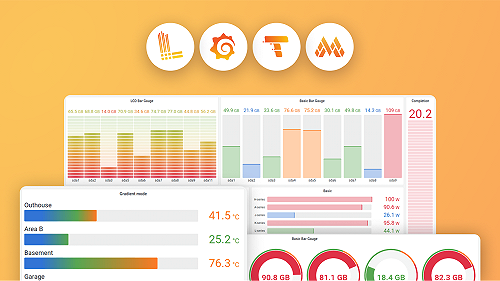Important: This documentation is about an older version. It's relevant only to the release noted, many of the features and functions have been updated or replaced. Please view the current version.
AesCbcParams
The AesCbcParams object represents the object that should be passed as the algorithm parameter into the
encrypt and
decrypt operation when using the AES-CBC algorithm.
For more details, head to the MDN Web Crypto API documentation on AES-CBC.
Properties
Example
import { crypto } from 'k6/experimental/webcrypto';
export default async function () {
const plaintext = stringToArrayBuffer('Hello, World!');
/**
* Generate a symmetric key using the AES-CBC algorithm.
*/
const key = await crypto.subtle.generateKey(
{
name: 'AES-CBC',
length: 256,
},
true,
['encrypt', 'decrypt']
);
/**
* Encrypt the plaintext using the AES-CBC key with
* have generated.
*/
const ciphertext = await crypto.subtle.encrypt(
{
name: 'AES-CBC',
iv: crypto.getRandomValues(new Uint8Array(16)),
},
key,
plaintext
);
}
function stringToArrayBuffer(str) {
const buf = new ArrayBuffer(str.length * 2); // 2 bytes for each char
const bufView = new Uint16Array(buf);
for (let i = 0, strLen = str.length; i < strLen; i++) {
bufView[i] = str.charCodeAt(i);
}
return buf;
}
